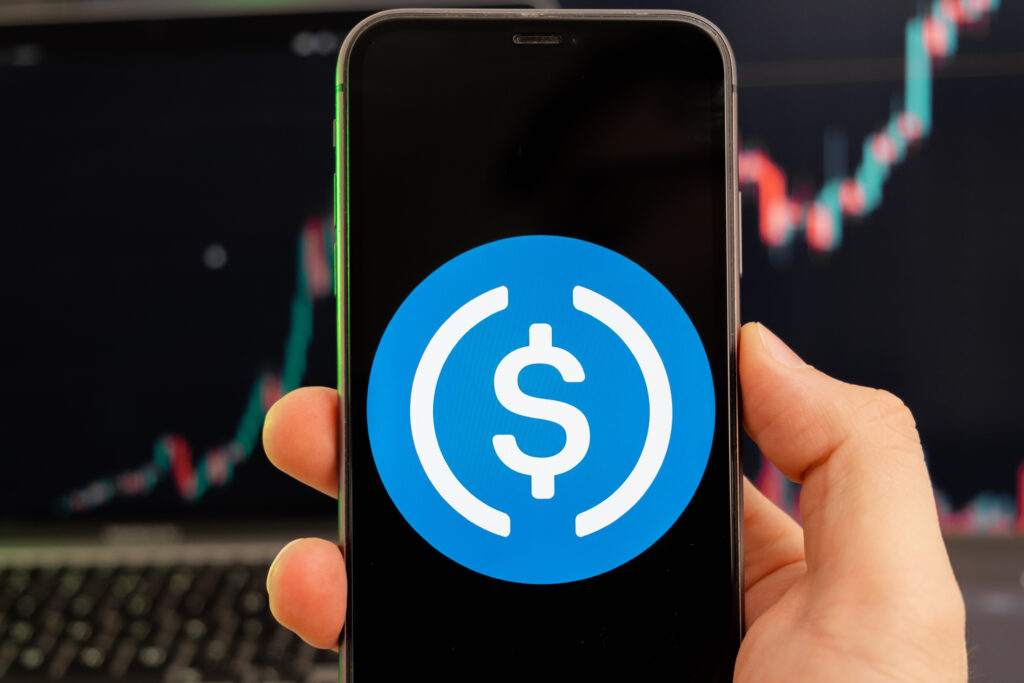
Key Takeaways:
- Circle’s $61B USDC stablecoin is now live on the XRP Ledger, enhancing cross-chain liquidity via XRP auto-bridging.
- The stablecoin sector exceeds $237B in market cap, gaining importance in U.S. economic strategy and global finance.
- Policymakers support stablecoins to uphold dollar dominance, though critics argue gold-backed tokens may offer better inflation resistance.
Circle’s USDC stablecoin, valued at over $61 billion, has officially launched on the XRP Ledger (XRPL), expanding its reach and enabling users to transfer stablecoins across decentralized exchanges (DEXs) using XRP as a bridge asset via an auto-bridging feature.
Ripple’s Markus Infanger highlighted that stablecoins are essential for connecting traditional finance with crypto through utility-focused use cases.
The future is interoperable: @USDC is on the XRP Ledger.@Ripple and @Circle are bringing the fully reserved, 1:1-backed stablecoin to the XRPL, accelerating DeFi and institutional adoption. https://t.co/HkQxcyfi7U
— RippleX (@RippleXDev) June 12, 2025
The launch comes amid growing efforts in the U.S. to establish clear stablecoin regulations, as the broader stablecoin sector now exceeds $237 billion in market capitalization.
USDC is overcollateralized, backed primarily by short-term U.S. Treasury securities, which generate yield to maintain its dollar peg.
Some U.S. policymakers see stablecoins as tools to combat de-dollarization, especially as foreign nations reduce their holdings of U.S. debt, raising bond yields and the cost of servicing the $36 trillion U.S. national debt.
This trend raises long-term concerns over fiscal sustainability and potential debt monetization.
At a White House crypto event, U.S. Treasury Secretary Scott Bessent stressed the role of stablecoin development in preserving the U.S. dollar’s global dominance.
Still, critics like Max Keiser argue that gold-backed stablecoins may eventually surpass fiat ones due to gold’s superior stock-to-flow ratio and resistance to inflation.

